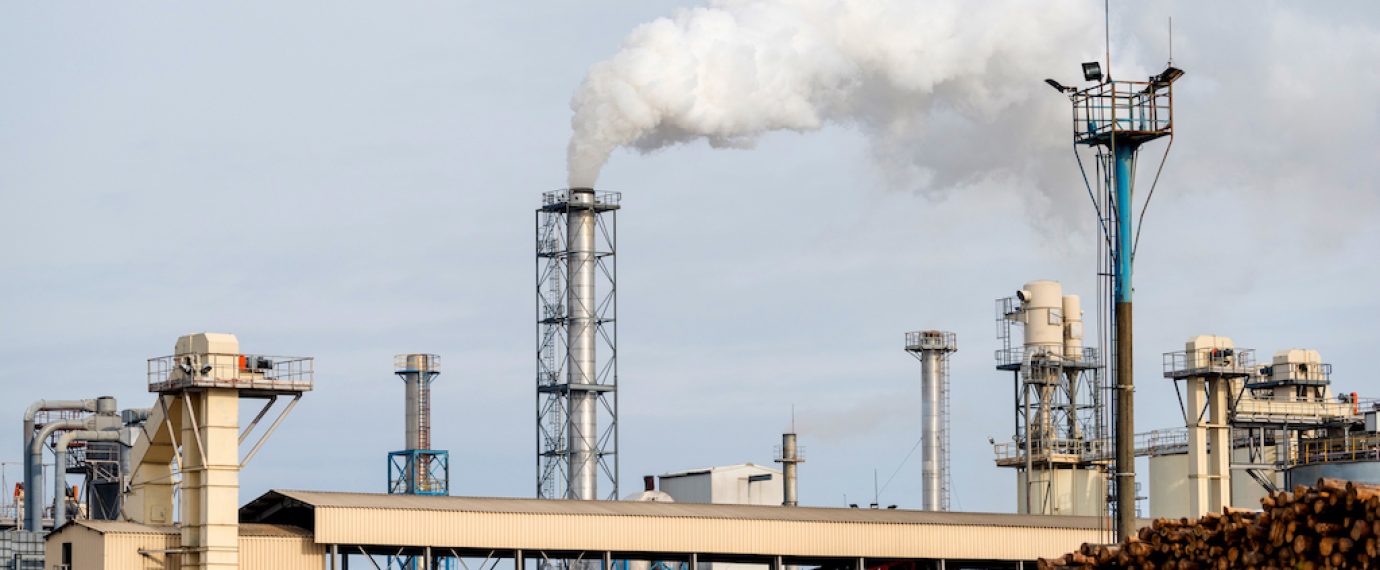The Clean Air Act (CAA) was established to protect public health and the environment from hazardous and harmful emission releases into the atmosphere. As part of the CAA, stationary source emissions monitoring was implemented; this provides data and information from a source to demonstrate compliance with certain regulatory requirements in federal or state rules, or in an operating permit.
Parametric Monitoring Systems
Parametric monitoring systems use observations of an operational parameter of an emission unit, emission process, or air pollution control device to indicate whether a condition of excess emissions that could violate an established emissions limit is occurring from a unit or process malfunction. Common examples of parametric monitoring systems include:
- Fabric Filters/Baghouses/Dust Collectors: measurements of pressure drop across a filter using a manometer or Magnehelic gauge
- Thermal Oxidizers/Flares: temperature readings using a thermocouple within a thermal oxidizer
- Packed Bed Scrubbers: liquid flow rate through the column
- Carbon Systems: volatile organic compound concentration readings
- Particulate Matter (Dust) Emitted Processes or Exhaust Stacks: visible emission readings or opacity testing using EPA Test Method 9
How Data is Used
Parametric monitoring is used to demonstrate compliance with an operational limit or range established by an air permit or applicable air compliance regulations and is performed at a frequency established by those sources. Records of the required indicator are used to document that operations occurred within the permitted or regulatory range or limit. Records are also used to indicate what corrective actions a facility took when an out-of-range or under/over limit (“abnormal”) observation occurs. These records are required to be kept for the time frame indicated by the permit or regulation and are often used for permit or regulatory reporting.
Deviations and Exceedances
When a parametric monitoring system indicates an abnormal observation, this may not be considered a deviation from permit or regulatory requirements if efforts to correct the condition are well-documented. On a case-by-case basis, whether an abnormal observation is considered a deviation is dictated by the facility’s permit or the air compliance regulations that the facility is subject to. In general, there are some common steps that should be taken immediately when an abnormal observation is recorded:
- If safe and if necessary, shut down the emissions unit or process to avoid an excess emissions condition;
- Document the date, time, duration, and suspected cause of the abnormal observation, the cause of the issue, and any corrective action(s) taken to fix the issue;
- Review the permit or regulations to determine what reporting may be required.
Documenting the abnormal observation is essential for compliance as recording an abnormal observation without also recording troubleshooting and corrective actions is almost always considered a deviation from permit or regulatory requirements. Records of abnormal observations are commonly required to be reported on compliance reports to the regulatory agency. When these reports must be submitted and what format is required will be detailed in the facility’s permit or the subject air compliance regulations.
Potential for Enforcement
In cases where minor excursions occur, such as pressure drop readings across a baghouse outside of a permitted range or an oxidizer temperature dropping slightly below an established minimum, the regulatory agency may not pursue any enforcement as long as the facility can demonstrate that corrective actions were taken and that the abnormal condition no longer exists. In cases where major excursions have occurred, such as abnormal observations for an extended period of time, excess emissions exceeding regulatory standards, or repeated mismanagement of monitoring requirements, enforcement action by the regulatory agency may be taken, which could include a monetary penalty.
In Summary
Parametric monitoring is using a tool or equipment (even your eyes in some cases) to indicate a facility’s compliance with permit limits and/or air compliance regulations. Parametric monitoring can be used to keep emission units, processes, and control equipment functioning properly, and the records from parametric monitoring are used to demonstrate compliance. Abnormal observations may indicate a system problem that could, in turn, lead to an excess emissions condition. When an abnormal observation occurs, immediate efforts should be documented to troubleshoot and fix the issue, and reporting, as required by a facility’s air permit or regulation, must be completed.



